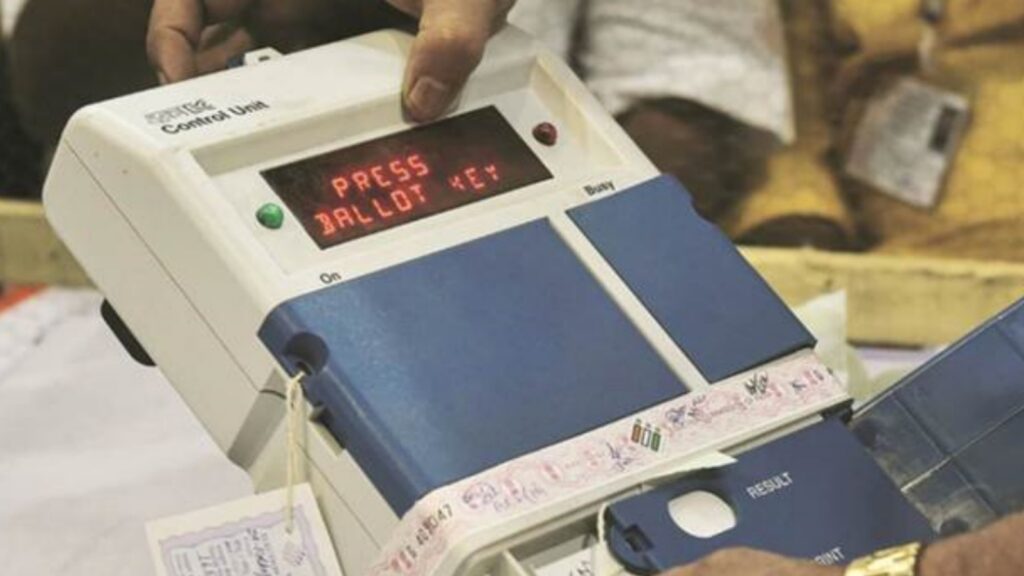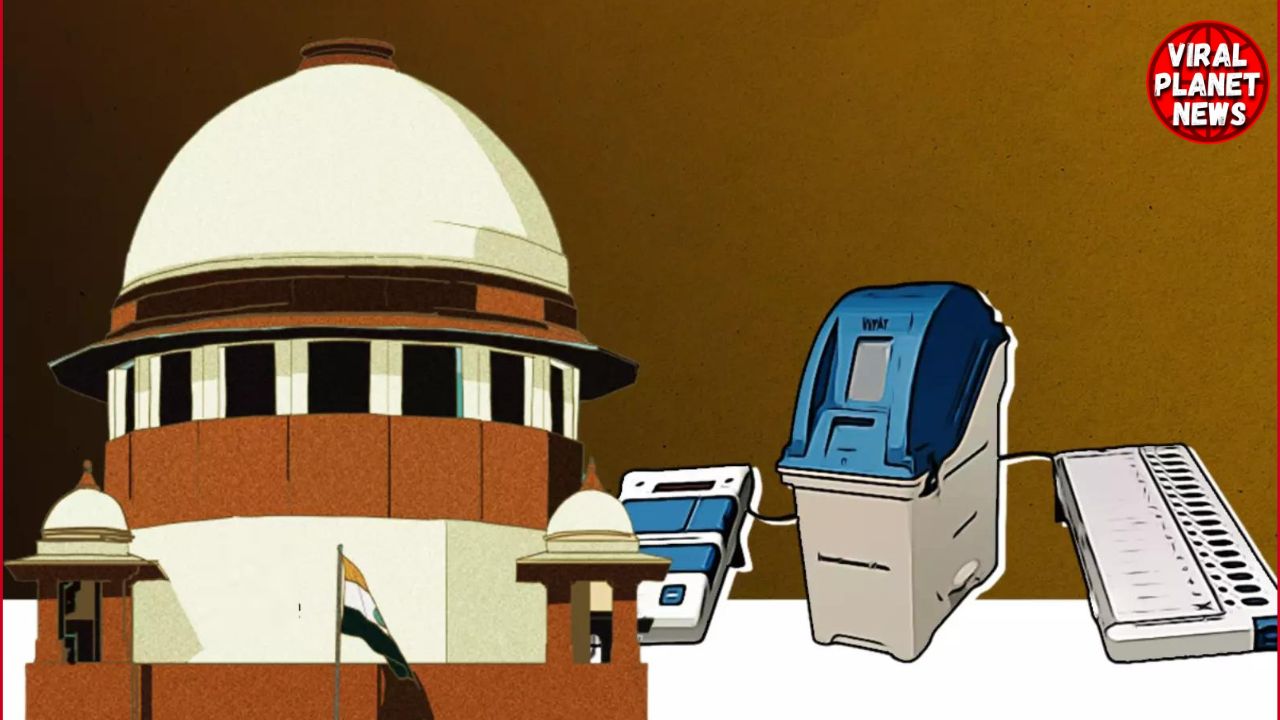By – Prakarsh Kastwar
On April 16, a bench of Justices Sanjiv Khanna and Dipankar Datta will hear all electronic voting machine-related pleas.
On Tuesday, April 16, the Supreme Court will hear a series of petitions demanding cross-verification of votes cast using Voter Verifiable Paper Audit Trail (VVPAT). The VVPAT is an independent vote verification system that allows an elector to determine whether his vote was correctly cast.
The voter can inspect the paper slip that is generated by the VVPAT. It is stored in an airtight cover that can be opened in the event of a disagreement.
On April 19, the seven-phase Lok Sabha elections of 2024 will get underway.
Supreme Court will hear EVM-VVPAT plea : Key points
- A bench of Justices Sanjiv Khanna and Dipankar Datta, which was unable to hear the cases involving Electronic Voting Machines, or EVMs, stated that it would review all petitions in the subject for hearing on Tuesday.
- On April 3, the Supreme Court announced that it would hear the petition brought by the NGO Association for Democratic Reforms (ADR) together with other cases after counsel Prashant Bhushan requested an immediate hearing.
- On April 1, the Supreme Court sought responses from the Election Commission of India and the central government to activist Arun Kumar Agrawal’s request for a complete count of VVPAT slips in elections, as opposed to the current practice of tallying slips from only five randomly selected EVMs from each assembly segment comprising a parliamentary constituency.
- The Supreme Court announced that both petitions will be heard on Tuesday.

What ADR’s plea states
The ADR has requested that the Supreme Court direct the Election Commission and the Centre to ensure that voters can check their votes through VVPATs that they have been “counted as recorded”.
The petition aimed to match the count in EVMs with votes that have been verifiably “recorded as cast” and to ensure that the voter can verify through the VVPAT slip that his vote, as recorded on the paper slip, has been “counted as recorded”.
The petition further claims that the criteria for voters to verify that their votes have been “recorded as cast” is partially met when the VVPAT slip is displayed for about seven seconds after pressing the button on the EVM through a transparent window.
“However, there is a complete legal vacuum because the ECI has offered no process for the voter to check that her vote has been ‘counted as recorded’, which is an essential component of voter verifiability. The suit stated that the ECI’s inability to provide for the same violates the directives made by this Court in Subramanian Swamy versus Election Commission of India (2013 judgment).
In July of last year, the Supreme Court directed the Election Commission of India to answer to the ADR’s petition.

